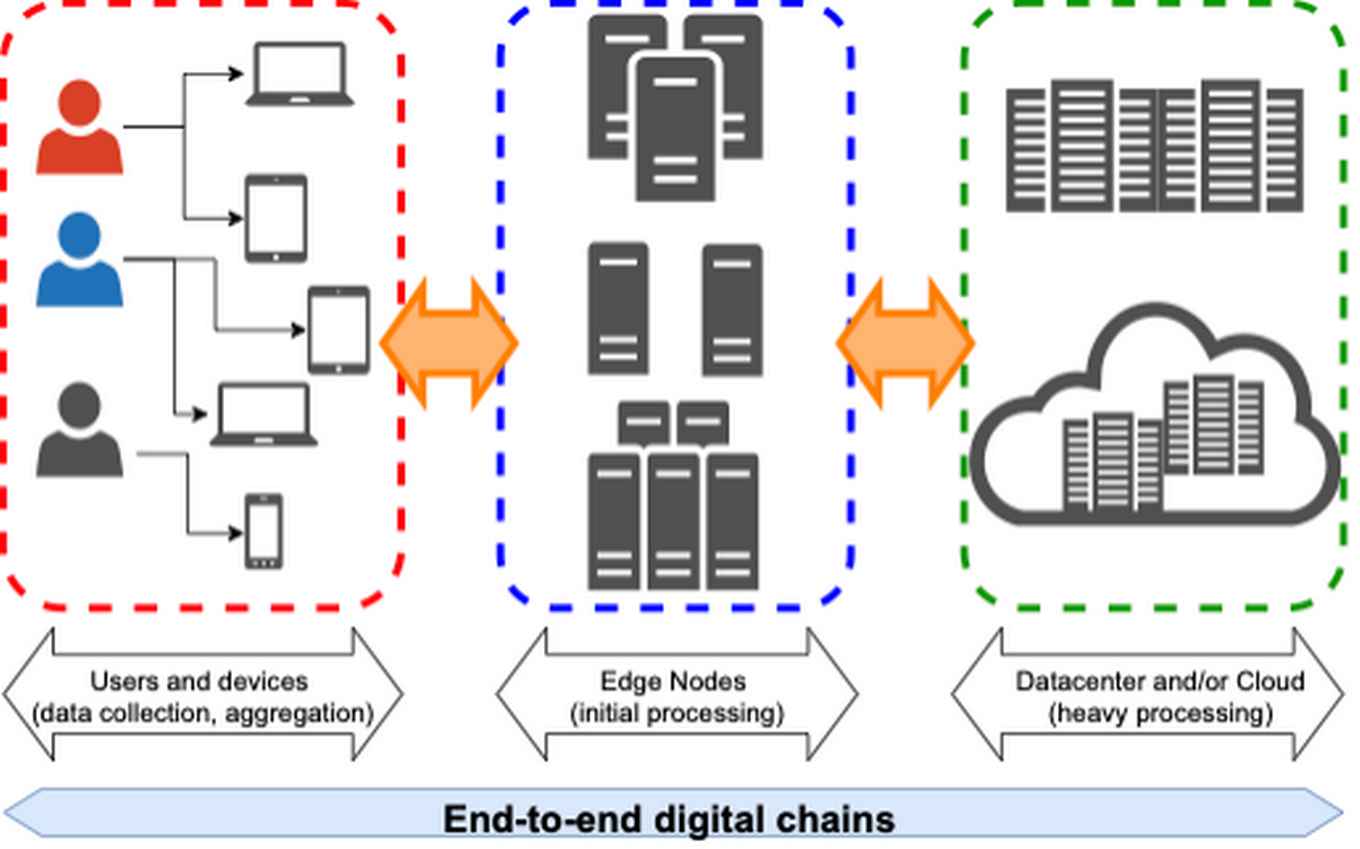In the future we will have energy labels for our digital services
3 November 2022
As much is talked about the energy consumption of flying or driving cars, so little is talked about the energy consumption of our digital infrastructure and services, such as data centers and cloud computing. But in 2019, all data centers in the Netherlands were consuming already three times as much as the Dutch railways (NS), an 80% increase over just two years earlier. And it is estimated that by 2030, as much as 21% of global energy consumption will be required for all the world’s IT-applications.
While economies rely ever more on IT - in the Netherlands IT contributes to 60% of its GDP - there is also a growing awareness that, just like other sectors also the IT-sector needs to become more energy efficient. At UvA’s Informatics Institute researchers are working on energy labels for digital services, just like the energy labels that are mandatory for household appliances like fridges and washing machines.

Energy consumption
‘Our first aim is to quantify the energy consumption of digital services’, says associate professor Ana Varbanescu, co-leader of the Energy Labels-project. But it’s quite a challenge because there are many parties involved in the digital chain. ‘Whenever you watch a YouTube video on your phone, information goes through to various layers: from the data center that stores the YouTube-video to intermediate processing servers and finally to your phone. We want to know how much energy is consumed in every layer. The final goal is to get energy labels that tell you whether a digital service consumes much or little energy.’
Carbon footprint
Once this type of quantification has been done, the researchers ideally also want to add the carbon footprint of a digital service. ‘We want to use the energy labels to act upon the energy consumption’, says assistant professor Anuj Pathania, the other co-leader of the project. ‘The idea is to look at when and where you do your computations. Once that is known, you can send data and computations to places where more green energy is available, thus reducing the carbon footprint. Imagine that the weather is bad in the Netherlands and energy mainly comes from fossil fuels, while the sun is shining in Spain and converted into electricity by solar panels. In this case, you could reduce the carbon footprint by sending data and computations to Spain.’
The Energy Labels-project just started in April this year, with one PhD student fully devoted to it. Varbanescu: ‘Together we are now identifying the tools that we need to model and measure the energy consumption in the whole digital chain of a service. We will develop mathematical models, verify them with simulations and ultimately also do measurements in a living lab type of environment.’ Three external parties cooperate in the project: SURF, Barcelona Supercomputing Center and TNO.

Our project was the only one in the field of computer science. It is a logical extension of the work that my group does on extra-functional properties and behavior of computer systems, like performance, power consumption and thermal behavior.Professor Andy Pimentel
The Energy Labels-project is one of six UvA-projects that were part of a FNWI-wide call for new research in the field of sustainability, tells professor Andy Pimentel, the group leader of the IvI research group Parallel Computing Systems (PCS), in which Varbanescu and Pathania work. Pimentel: ‘Our project was the only one in the field of computer science. It is a logical extension of the work that my group does on extra-functional properties and behavior of computer systems, like performance, power consumption and thermal behavior.’
Energy label
Whether the project will result in discrete classes like the labels A to G in household appliances or whether there will be a continuous range depending on how the service is used, is still an open question. Varbanescu: ‘You can imagine that being in the Netherlands the energy consumption of a YouTube-video streamed from inside the country is lower than when it has to be streamed from the USA. And streaming in lower resolution consumes less energy than streaming in higher resolution. So, the same digital service could have an energy label that ranges between green, for a low energy consumption, to red, for a high energy consumption. But just as we currently lower room temperature to save on energy, I think that in the future we will be asked to be more careful with the amount of computation we use.’